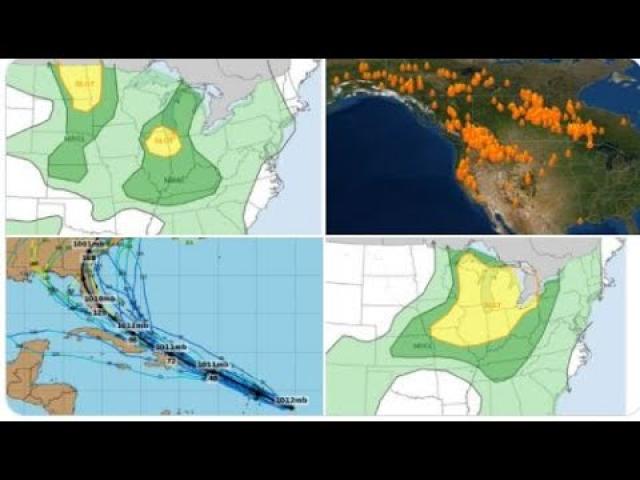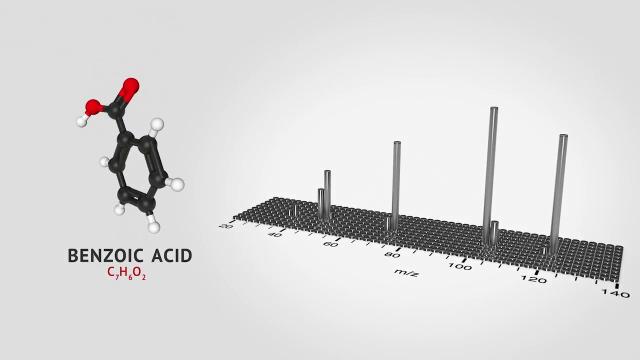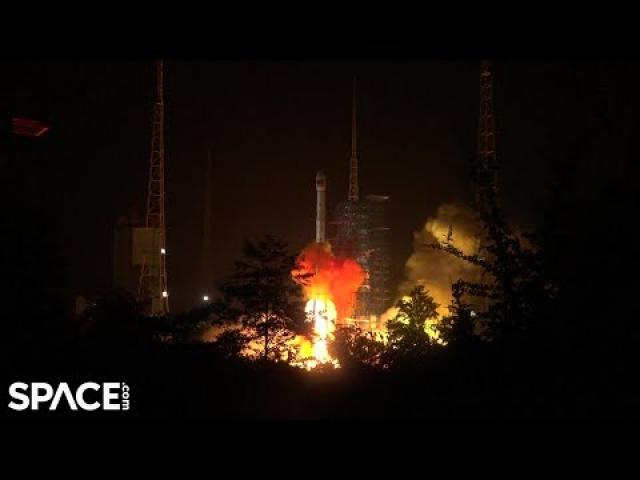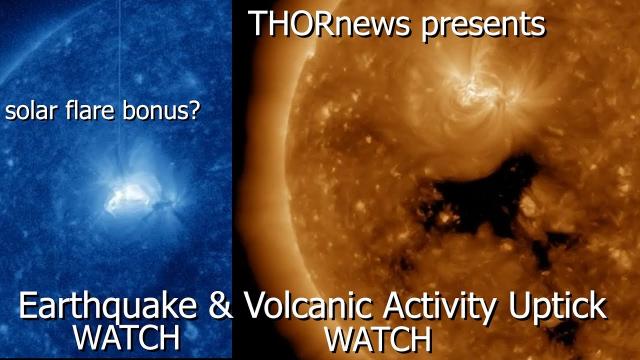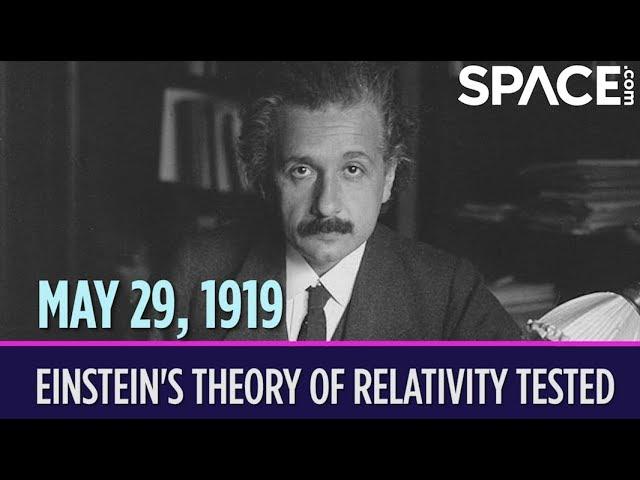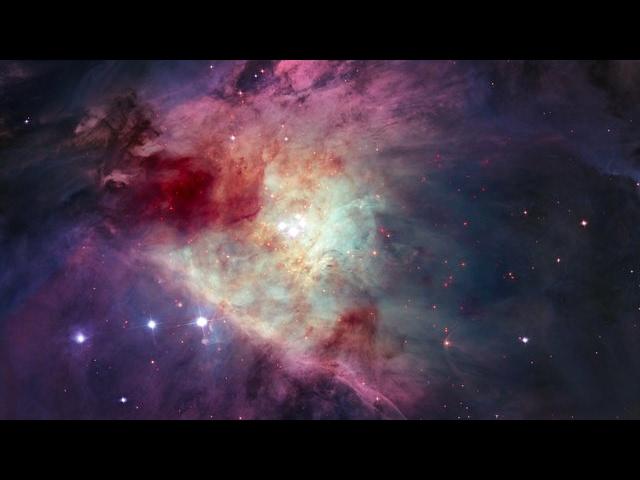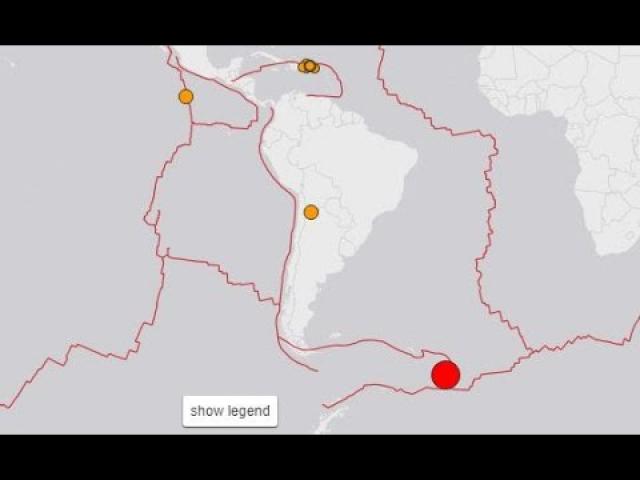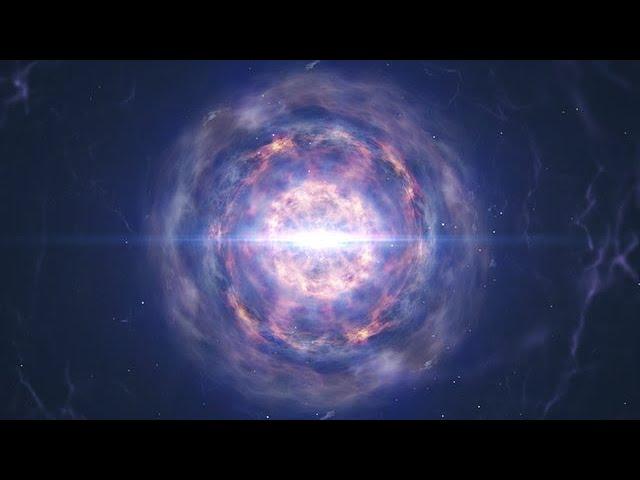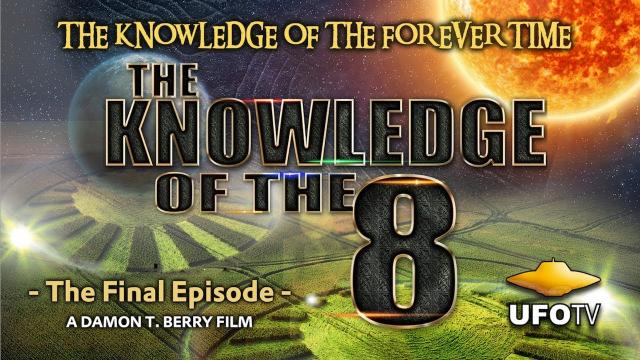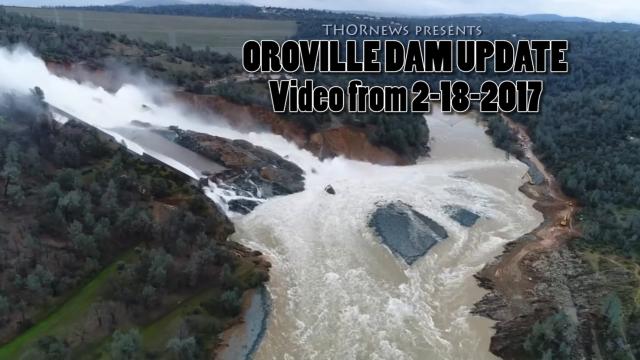Pan: SN 2022aajn
Description
Other than the announcement of its discovery in November 2022, SN 2022aajn has never been the subject of published research. Why, then, would Hubble observe this supernova? SN 2022aajn is what’s known as a Type Ia supernova, which results from the explosion of the core of a dead star. Supernovae of this type help astronomers measure the distance to faraway galaxies. This is possible because Type Ia supernovae are thought to be of the same intrinsic luminosity — no matter how bright they seem from Earth, they put out the same amount of light as other Type Ia supernovae. Thus, by comparing the observed brightness to the expected brightness, researchers can calculate the distance to the supernova and its host galaxy.
This seemingly simple measurement method is complicated by cosmic dust. The farther away a supernova is, the fainter and redder it will appear — but intergalactic dust can make a supernova appear fainter and redder as well. To understand this complication, researchers will use Hubble to survey a total of 100 Type Ia supernovae in seven wavelength bands from the ultraviolet to the near-infrared. This image combines data taken at four infrared wavelengths. Infrared light passes through dust more easily than visible or ultraviolet light. By comparing the brightness of the sampled supernovae across different wavelengths, researchers can disentangle the effects of dust and distance, helping to improve measurements of galaxies billions of light-years away and even the expansion of our Universe.
More information and download options: http://esahubble.org/videos/potw2504a/
Credit:
ESA/Hubble & NASA, R. J. Foley (UC Santa Cruz), N. Bartmann (ESA/Hubble)
Music: Stellardrone - Billions and Billions

